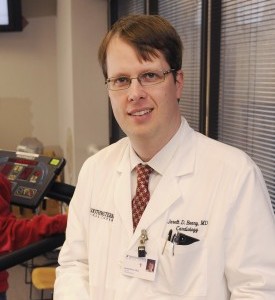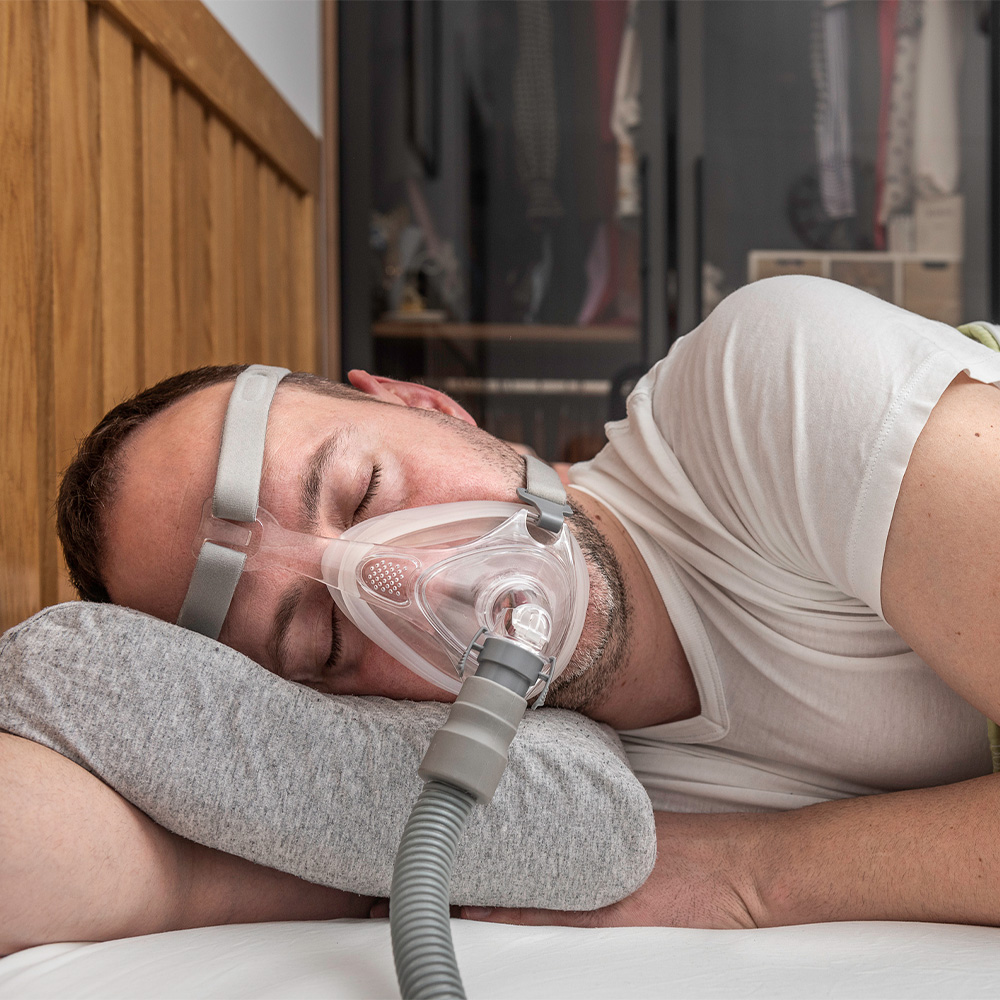Exercising two to four times minimum levels progressively reduces risk of heart failure

DALLAS – October 8, 2015 – Exercising at double or quadruple current recommended minimum levels significantly reduces the risk of heart failure, a study by UT Southwestern Medical Center cardiologists found.
Federal guidelines by the Department of Health and Human Services recommend a minimum of 150 minutes of moderate exercise each week – the equivalent of 30 minutes of walking at a moderate speed five times a week – to reduce heart disease in adults.
In this study, researchers found:
- Individuals who exercised the government-recommended 150 minutes each had 10 percent lower rates of heart failure than those who did not exercise at all;
- Individuals who exercised at twice the recommended rate reduced their risk of heart failure by 20 percent;
- Individuals who exercised at four times the recommended rate reduced their risk of heart failure by 35 percent.
- Men and women benefited equally from exercise.
“While the inverse link between physical activity and coronary heart disease has been well-established over the years, this study suggests that the dose-dependent inverse association between exercise and heart failure may be even stronger. From a population standpoint, the current recommended exercise guidelines may not be good enough,” said lead author Dr. Jarett Berry, Associate Professor of Internal Medicine and Clinical Sciences at UT Southwestern.
The study, published in Circulation, analyzed data from 12 prospective studies in the United States and Europe on levels of physical activity and incidence of heart failure. The combined number of participants in the studies was more than 370,000, and onset of heart failure occurred in 20,203 individuals.
“Heart failure is a significant public health problem,” said Dr. Berry, Dedman Family Scholar in Clinical Care. “There is an urgent need for new strategies to combat the growing burden of this common manifestation of cardiovascular disease.”
Heart failure occurs when the heart muscle becomes too weak to adequately supply the body with oxygenated blood. Symptoms of heart failure are shortness of breath, weakness, cough, and loss of appetite. It is a chronic, progressive disease.
While the incidence of heart attack has been declining in recent years, the burden of heart failure has been increasing steadily. More than 5 million U.S. adults currently are living with heart failure, according to the Centers for Disease Control and Prevention. According to a recent American Heart Association report, that number is expected to increase by 40 percent over the next 15 years. Heart failure is a significant health care cost and a major reason for hospitalization.
“The take-home message from our study is that higher levels of physical activity may be protective against heart failure risk,” said Dr. Ambarish Pandey, a clinical fellow in Internal Medicine and first author on the study. “Furthermore, guideline-recommended physical activity levels may not be sufficient to achieve substantial reduction in heart failure risk. Physical activity in excess of the minimum levels may be required to provide more robust reductions in heart failure risk.”
Dr. Berry is a preventive cardiologist whose research focuses on preventable risk factors for chronic diseases, especially heart disease. These latest findings build on some of his previous research, which looked at the negative effects of sitting for prolonged periods, lifetime risk factors for cardiovascular disease, and mid-life fitness and cardiovascular disease.
Other UT Southwestern researchers involved with the study include Dr. Douglas Darden, resident; Dr. Colby Ayers, Faculty Associate in the Department of Clinical Sciences; Dr. Dharam Kumbhani, Assistant Professor of Internal Medicine; Helen Mayo, Faculty Associate; and Dr. James de Lemos, Professor of Internal Medicine who holds the Sweetheart Ball – Kern Wildenthal, M.D., Ph.D. Distinguished Chair in Cardiology. Researchers from the University of Minnesota School of Medicine and Cleveland Clinic also contributed.
Support for the study included funding from the Dedman Family Scholar in Clinical Care endowment and grants from the American Heart Association prevention network.
About UT Southwestern Medical Center
UT Southwestern, one of the premier academic medical centers in the nation, integrates pioneering biomedical research with exceptional clinical care and education. The institution’s faculty includes many distinguished members, including six who have been awarded Nobel Prizes since 1985. The faculty of more than 2,700 is responsible for groundbreaking medical advances and is committed to translating science-driven research quickly to new clinical treatments. UT Southwestern physicians provide medical care in 40 specialties to about 92,000 hospitalized patients and oversee approximately 2.1 million outpatient visits a year.
###
Media Contact: Cathy Frisinger
214-648-3404
cathy.frisinger@utsouthwestern.edu
To automatically receive news releases from UT Southwestern via email, subscribe at www.utsouthwestern.edu/receivenews




